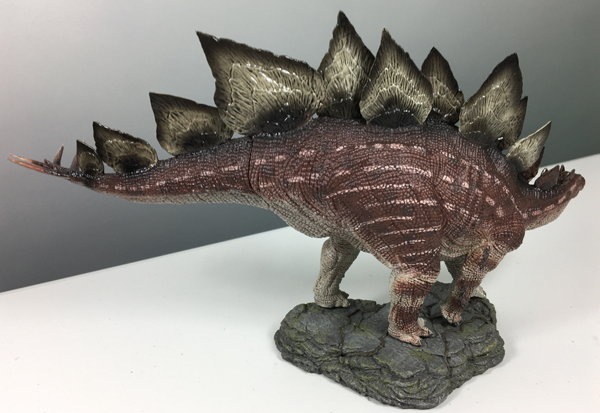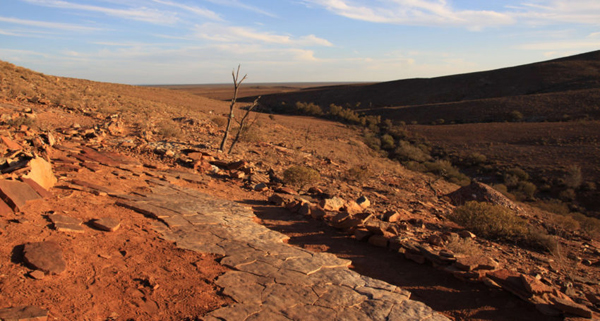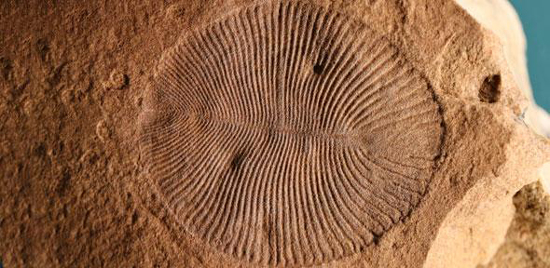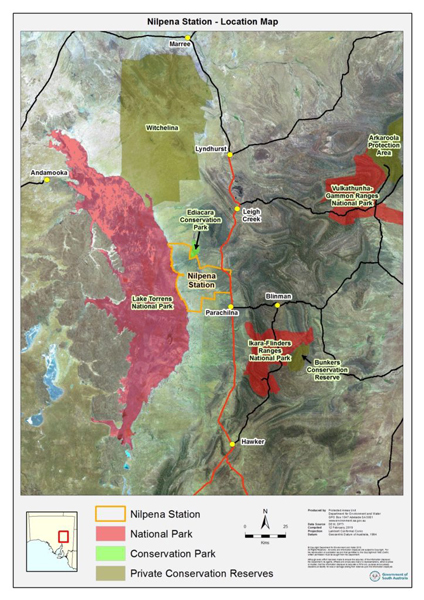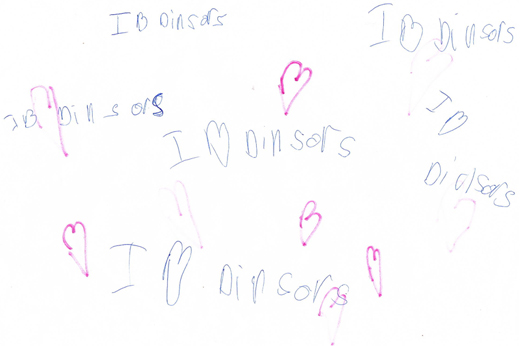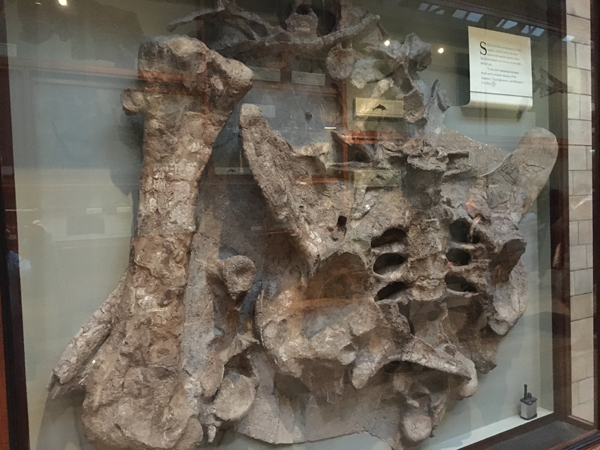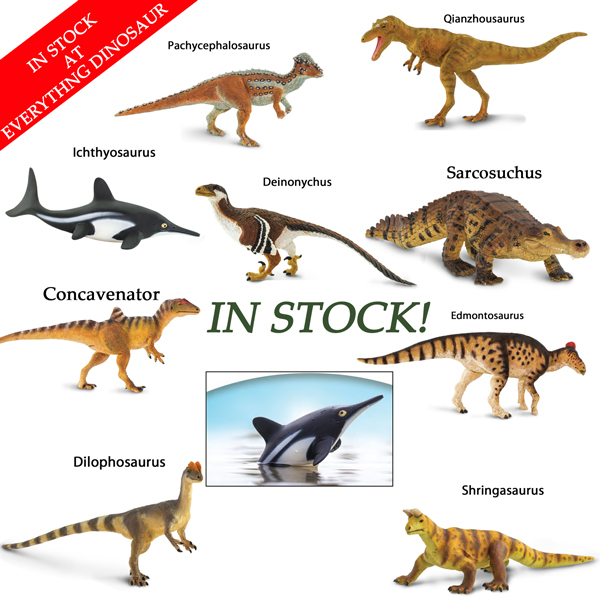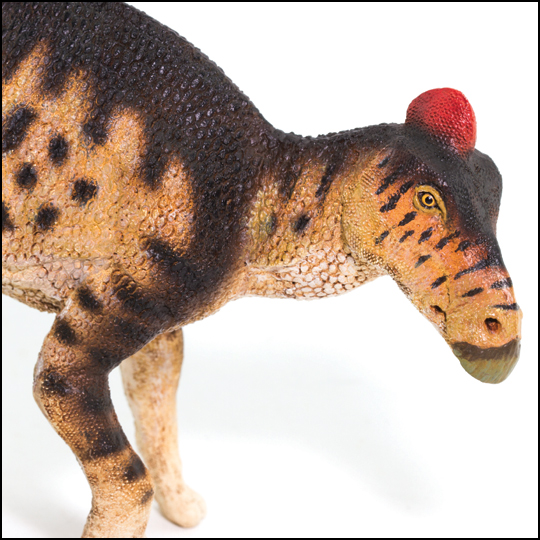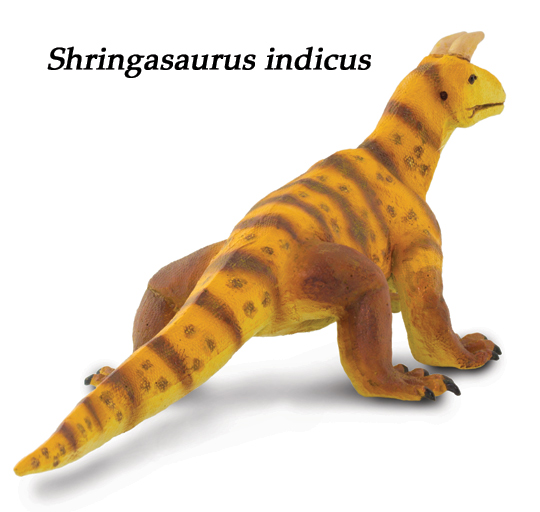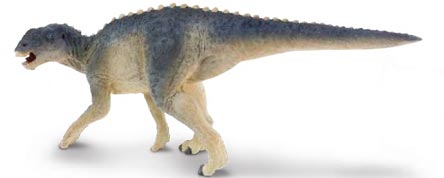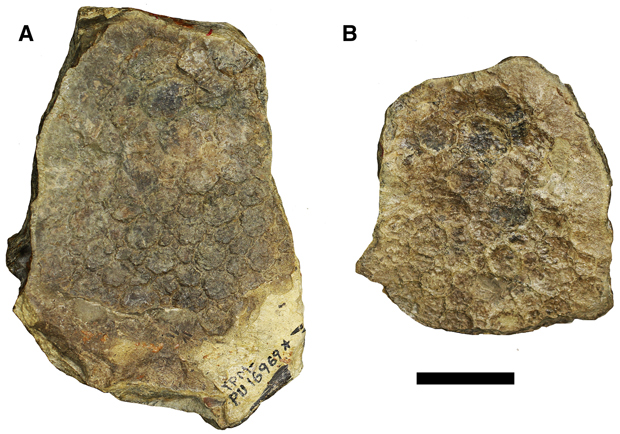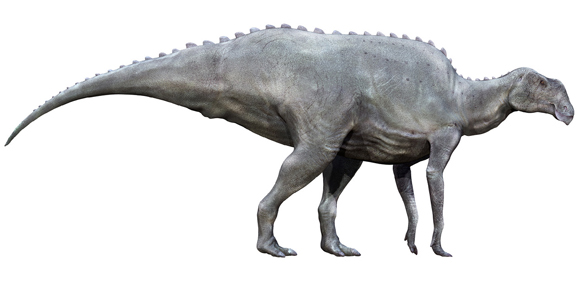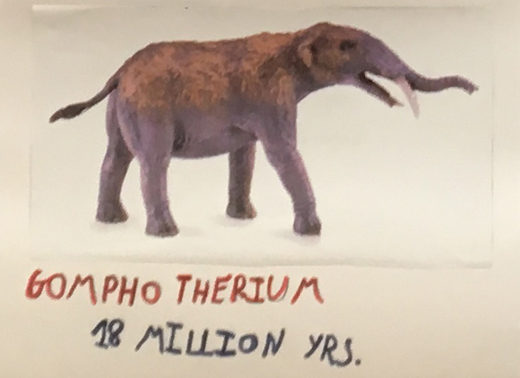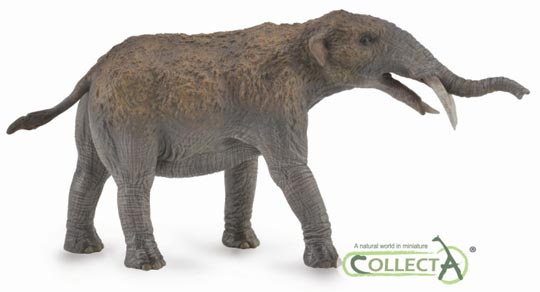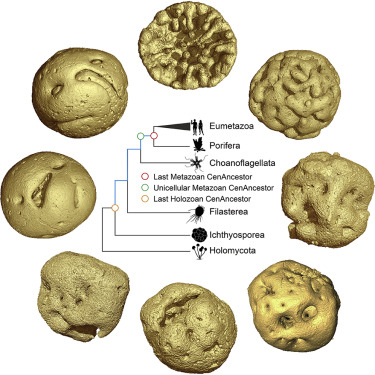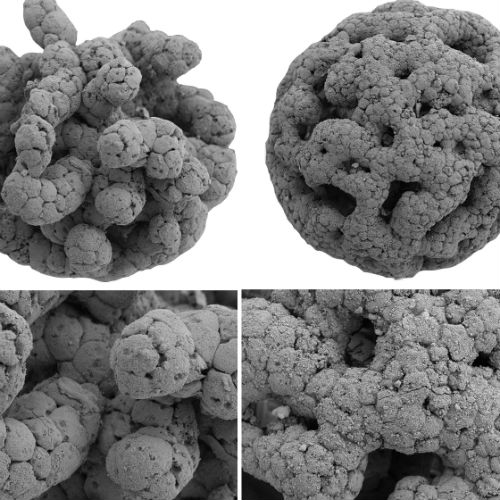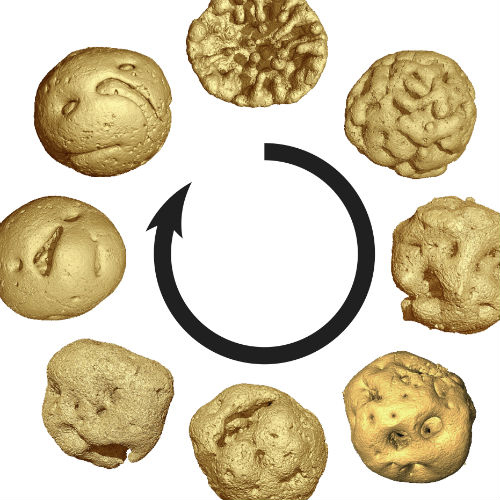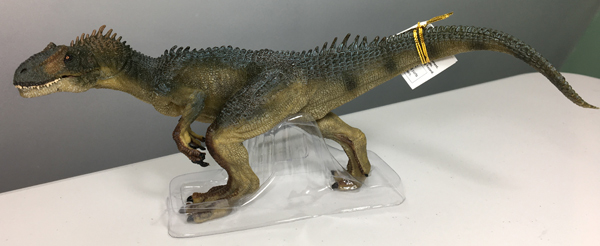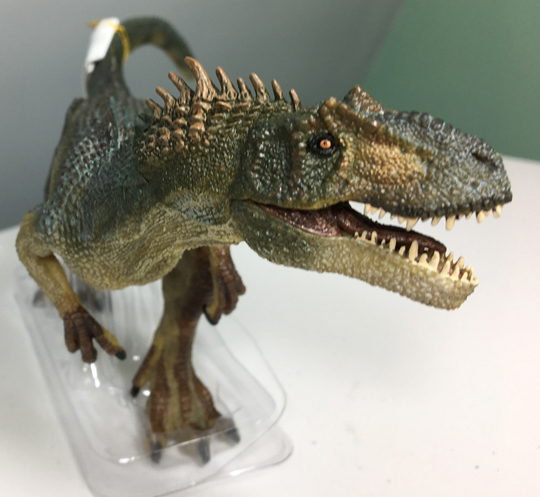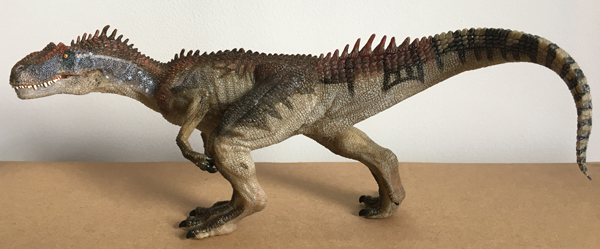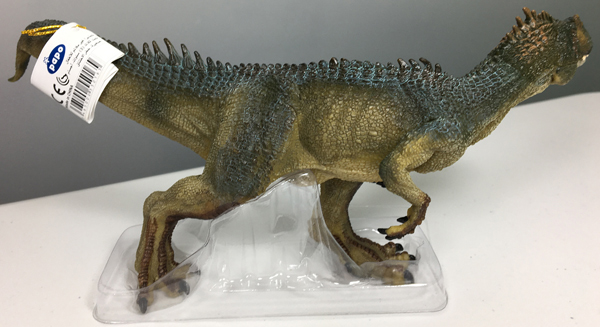A Tale of Tail – Tail Insertion (Rebor Stegosaurus armatus)
How to Insert the Tail – Rebor Stegosaurus armatus 1:35 Scale Figure
Just before Christmas, Everything Dinosaur received stocks of the 1:35 scale Rebor replica Stegosaurus armatus. Dinosaur fans and model collectors will probably know that this figure is available in three colour schemes – “mountain”, “plain” and “woodland”. Since these exciting figures came into stock, Everything Dinosaur team members have posted up several pictures of these dinosaurs. Today, following a request from a Rebor collector, we have produced a short video which shows how to connect the tail to the model.
A Tale of a Tail – How to Insert the Tailpiece into the Rebor Stegosaurus armatus 1:35 Scale Replica
Video credit: Everything Dinosaur
Rebor Stegosaurus Models – A Sixty Second Update
The video lasts approximately sixty seconds. The model is shown and the narrator explains how the figure is supplied (the tail piece can be found in the box, adjacent to the rest of the figure), then how the tail slots into the model is demonstrated. One firm push should do the trick, the tail fitting snuggly into the aperture. In the video, the flexibility of the tail is illustrated and compared to the neck which is also flexible.
The Tail Insertion Video Features the Rebor Stegosaurus armatus in the “Mountain” Colour Scheme
Picture credit: Everything Dinosaur
To purchase the Rebor Stegosaurus armatus figure and to view the rest of the Rebor range: Rebor Dinosaurs and Prehistoric Animal Models.
The Rebor Stegosaurus Figure – All Three Colour Schemes
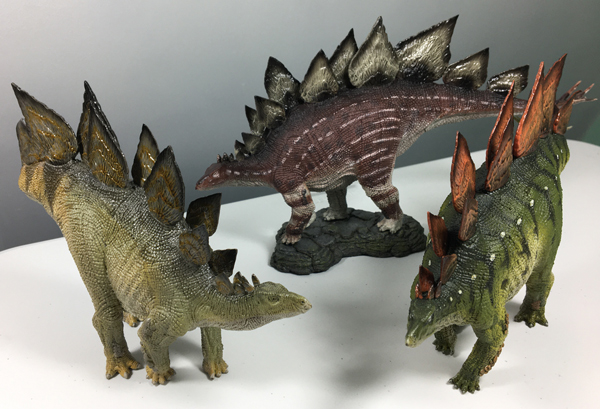
Picture credit: Everything Dinosaur
A spokesperson from Everything Dinosaur commented:
“We intend to post up more videos including reviews of actual models in the future. Everything Dinosaur has had a YouTube channel for many years now, over that time we have posted nearly 150 videos, but we intend to increase our output and do more using various media including Instagram and YouTube. Our aim is to put up new content on the company’s YouTube channel once a week or so.”
Everything Dinosaur on YouTube
The Everything Dinosaur YouTube channel features information about new model releases, tips on working with figures, display suggestions and of course, lots of prehistoric animal facts and information. Everything Dinosaur, in response to requests from collectors intends to increase the number of videos that are put up on this platform. Blog articles will continue and where possible, more videos will be used in conjunction with blog articles and other social media posts.
Visit Everything Dinosaur’s YouTube channel: Everything Dinosaur on YouTube.
Look out for more YouTube content being posted from Everything Dinosaur very soon…
In the meantime, the Everything Dinosaur website: Everything Dinosaur.


